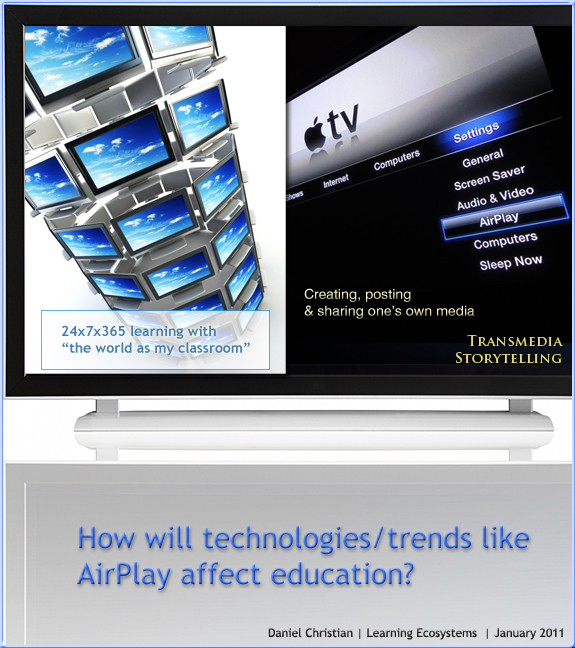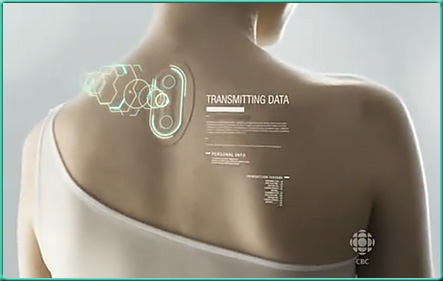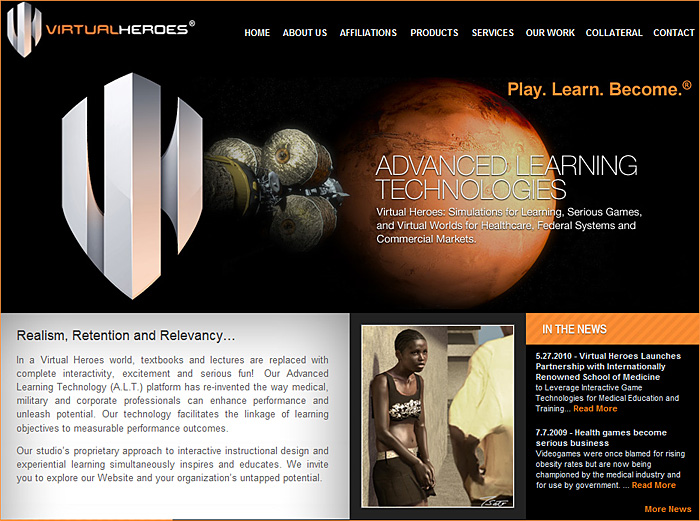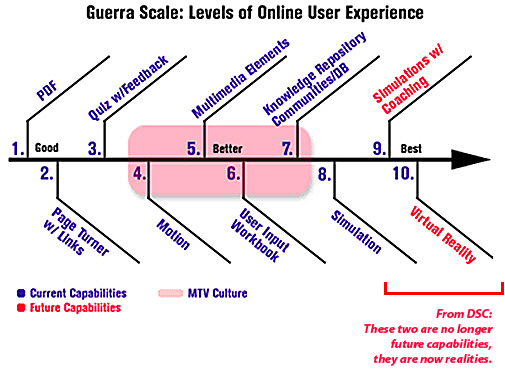7 Ways to Spot Tomorrow’s Trends Today — from the World Future Society’s Forecasts for the Next 25 Years
In the more than 40 years since the World Future Society was founded, futurists have developed a range of techniques to study the future. Here are a few techniques futurist use to spot new opportunities and potential problems. These methods give individuals and organizations an edge to help them succeed in a fast-changing world:
- Scan the Media to Identify Trends—Futurists often conduct an ongoing and systematic surveys of news media and research institutes. These surveys help spot significant trends and technology breakthroughs. Futurists call this environmental scanning.
- Analyze and Extrapolate Trends—After the trends are identified, the next step is to plot the trends to show their direction and development into the future. Trend analysis and extrapolation can show the nature, causes, speed, and potential impacts of trends.
- Develop Scenarios—Futurists often describe the future development of a trend, a strategy, or a wild-card event in story form. These scenarios can paint a vivid picture that can help you visualize possible future developments and show how you can prepare effectively for future risks and opportunities. Scenarios help you to blend what you know about the future with imagination about the uncertain. Scenarios help you move from dreaming to planning and then to accomplishment.
- Ask Groups of Experts—Futurists also conduct “Delphi Polls” which are carefully structured surveys of experts. Polling a wide range of experts in a given field can yield accurate forecasts and suggestions for action.
- Use Computer Modeling—Futurists often use computer models to simulate the behavior of a complex system under a variety of conditions. For example, a model of the U.S. economy might show the effects of a 10 percent increase in taxes.
- Explore Possibilities with Simulations—Futurists create simulations of a real-world situations by means of humans playing different roles. For example, in war games, generals test out tactics they may later use on the battlefield, or corporate executives can explore the possible results of competitive strategies.
- Create the Vision—Futurists help organizations and individuals systematically develop visions of a desirable future. Visioning creates the big picture of the possibilities and prepares the way for goal setting and planning.




















